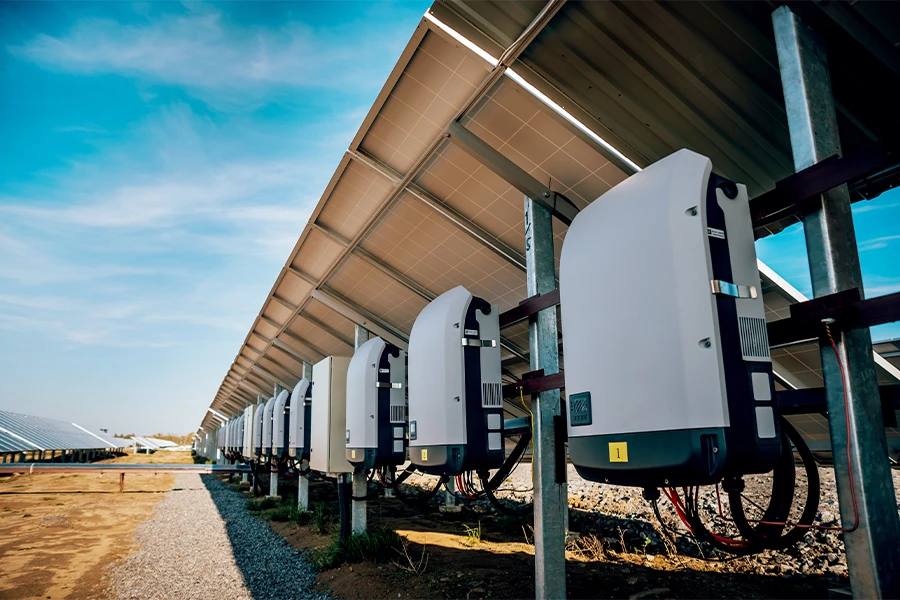In the field of renewable energy, solar energy has emerged as a leader due to its abundance and nature-friendly nature. Dramatic changes in clean and sustainable energy production, especially through solar systems, have given our world a new look.
One of the key components of a solar energy system is the solar inverter, the solar inverter is known as the critical component of the solar system and plays an important role in converting the direct current (DC) produced by the solar panels into alternating current (AC) that can be used to power homes, businesses and the network is used. In this article, we will examine the performance of the solar inverter, its different types and the importance of these inverters in solar systems.
The contents you read
What is a solar inverter?
Solar panels generate DC electricity by converting sunlight into electrical energy, but most of our household appliances and electrical grids work with AC electricity. Inverters fill this gap by converting DC power to AC power. A solar inverter is an electronic device that, in addition to converting solar energy into electrical energy, also has the ability to match the current and voltage with the power grid.
The solar inverter optimizes performance and energy production through accurate tracking and advanced technologies and prevents productivity loss. Also, the main task of a solar inverter is to ensure the efficient and safe conversion, synchronization and delivery of solar energy to the electrical grid.
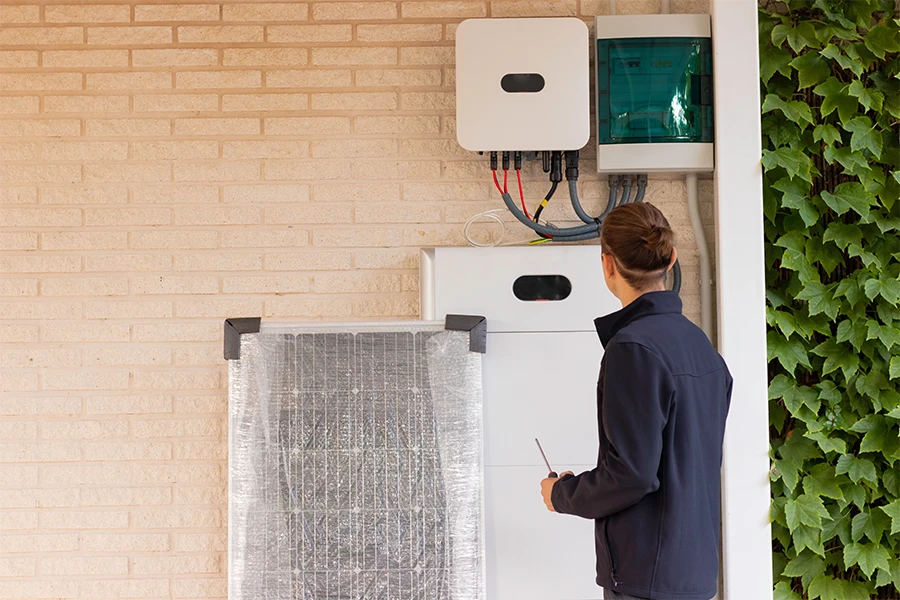
Features and performance of solar inverter
Convert DC to AC
As mentioned above, the main task of a solar inverter is to convert the DC power of solar panels into stable AC power that matches the frequency and voltage of the grid. This conversion is necessary because most household devices and equipment use AC power.
Voltage regulation
Solar inverters maintain AC output voltage within a certain range to adapt to the power grid and prevent damage to connected devices.
Synchronization with the power grid
On-Grid solar plants need inverters that can synchronize with the frequency and phase of the power grid to allow for accurate energy transmission and measurement.
Safety and monitoring
Inverters often have safety features such as anti-islanding protection that prevents power from being sent to the grid during a power outage by the inverter, making the grid and solar system more secure. Many modern inverters offer data monitoring and advanced remote control to track system performance, including system performance, energy production, and other relevant parameters.
Connectivity to the power grid
On-grid inverters are able to connect to the public grid. They make it possible to send the electricity produced from solar panels to the public electricity grid and use the grid when electricity is needed or even the excess electricity generated to the grid.
In general, inverters are divided into different categories, each of these categories is known based on a characteristic (waveform, type of connection to the power grid, etc.), which we will explain below;
Categories of inverters by waveform
Based on the waveform, inverters are divided into the following three categories;
Pure sine inverters
These types of inverters produce accurate sine wave output that matches the frequency and voltage of city electricity. This model of inverters is especially recommended for sensitive devices such as computers, televisions and electronic devices.
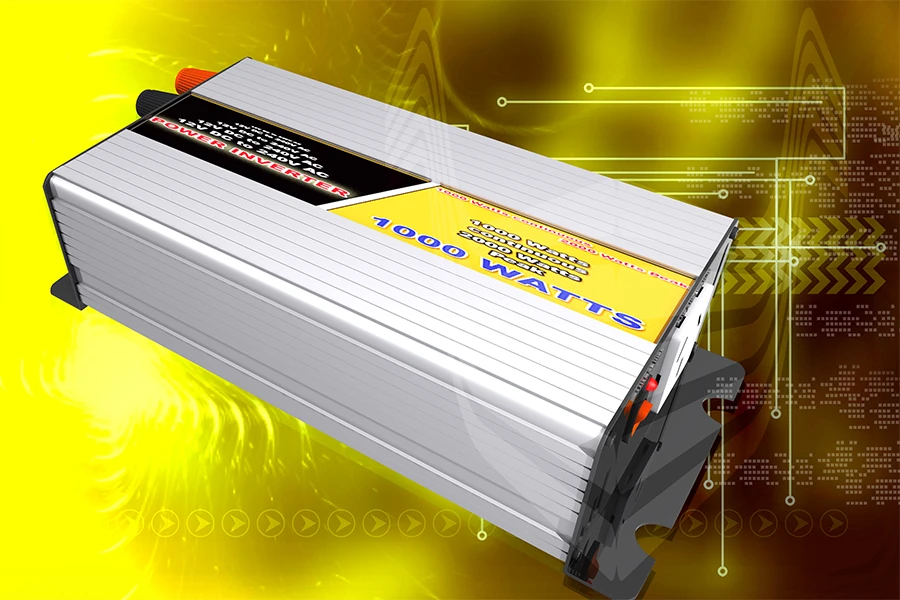
Modified sine wave inverters
This type of inverter produces an output with a wave similar to a sine wave. This model is used in most devices, but it may cause problems for some sensitive devices and produce more noise.
Square wave inverters
These inverters produce a simple square wave output. This type is introduced as a cheaper option, but is not recommended for sensitive and complex devices.
Categories of inverters by type of connection to the grid
The type of connection is one of the most important issues for determining the desired inverter. Below we have reviewed the types of inverters used in different connection conditions;
Off-Grid solar inverters
An Off-Grid solar inverter is a type of inverter that is used in independent solar power systems that are not connected to the grid. These systems are often found in remote areas or places where grid power is unavailable or unreliable. The produced electricity can be stored in batteries and used when the sunlight is not enough.
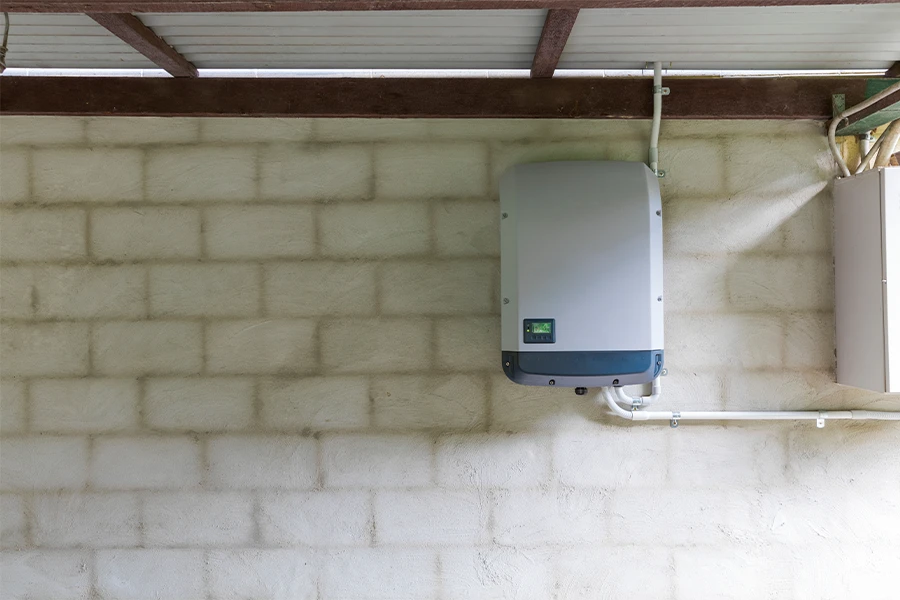
Hybrid inverters
در این نوع اینورتر خورشیدی علاوه بر تبدیل جریان DC به AC، اینورتر میتواند با باتری یا منابع دیگر تولید برق همکاری کند. اینورتر هایبرید نیز به شما اجازه میدهد که بخشی از برق تولیدشده توسط پنلهای خورشیدی را در باتری ذخیره کنید و در زمانهای کمنور یا قطع شدن شبکه، از آن استفاده کنید. اینورتر هایبرید همچنین میتواند با منابع دیگر تولید برق مثل ژنراتور یا توربین بادی هماهنگ شود.
On-Grid solar inverters
These inverters are used in On-Grid solar plants, some of them are named and explained below;
Central inverter
The central solar inverter is actually used when we plan to connect a set of panels to an inverter. Central or string inverters are used in large-scale solar installations. They convert the combined DC output of several connected solar panels into AC power. While they are cost-effective, their performance may be reduced if there is shading or panel mismatch.
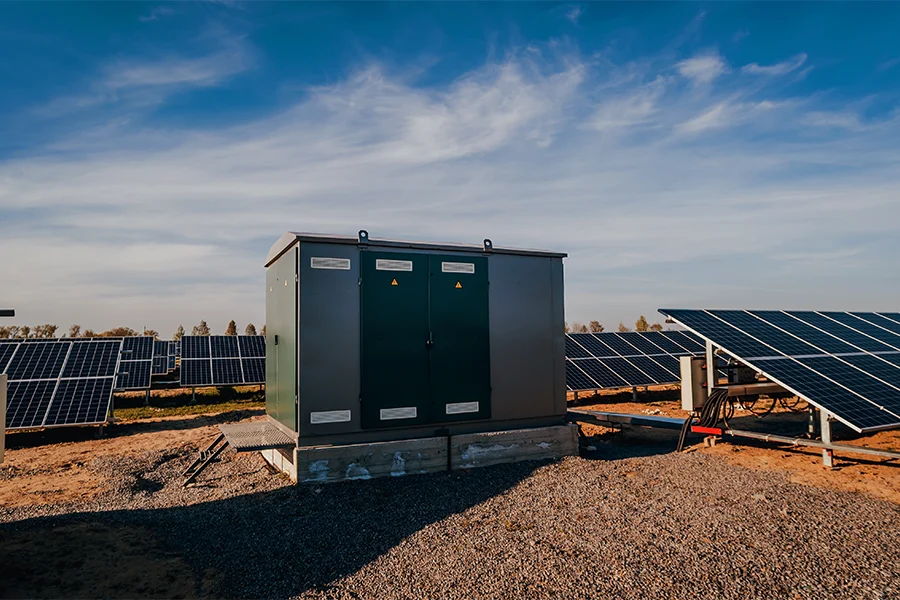
String inverter
They have better efficiency than central inverters, each string in this inverter must be connected to an inverter (not all solar panels are connected to a central inverter). Using string solar inverter may cost more than the central one, but its advantage compared to the central one is that if the string is exposed to the shade or a string has maintenance, a large part of the power plant will not be unavailable, and using This inverter is much more in developed countries.
Micro inverter
They are a suitable choice for home and personal applications, and whenever low energy is needed, you can go for this option, otherwise, compared to the above two inverters that were reviewed, for example, it is not economical at all for solar farms, in this way This inverter should be used for every solar panel.
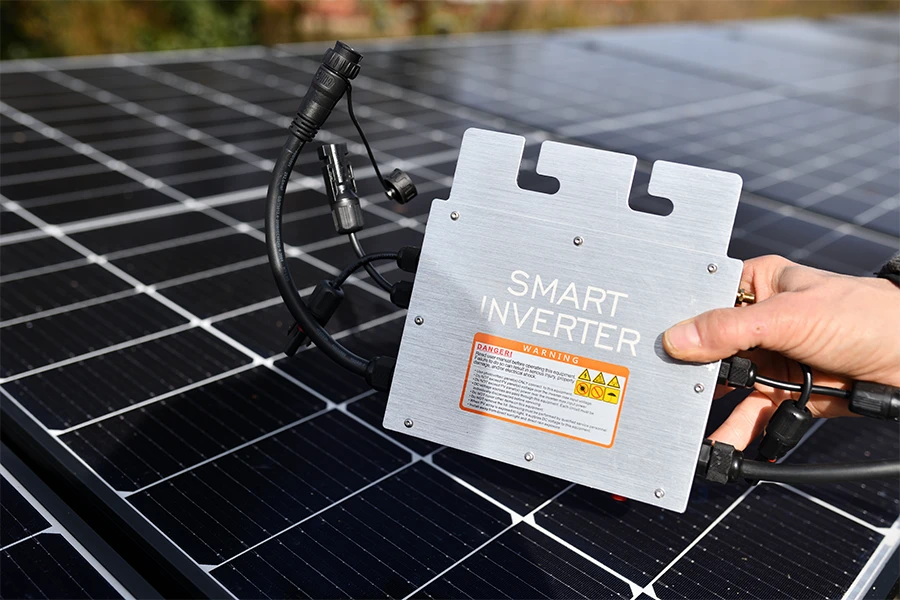
Power optimizers
This technology combines the advantages of string inverters and microinverters. Power optimizers are installed at the panel level to maximize power and voltage regulation, they ensure that each panel operates at its optimum efficiency like microinverters, while still using a central or string inverter to convert direct to alternating current. , running optimizers is especially useful on systems that have shading.
Conclusion
In the world of renewable energy, the solar inverter is like a hero that facilitates the conversion of sunlight into usable electricity. Their diverse types, from string inverters to advanced microinverters and hybrid solutions, increase the efficiency, reliability and compatibility of solar energy systems. Paying attention to different types of inverters and features, choosing the right one according to specific needs and conditions may have a great impact on the efficiency and productivity of the system.
Important note: according to the above, inverters are very sensitive and highly versatile parts and should be properly selected by experts because with the slightest mistake in their selection, they will definitely cause irreparable damage to people.
